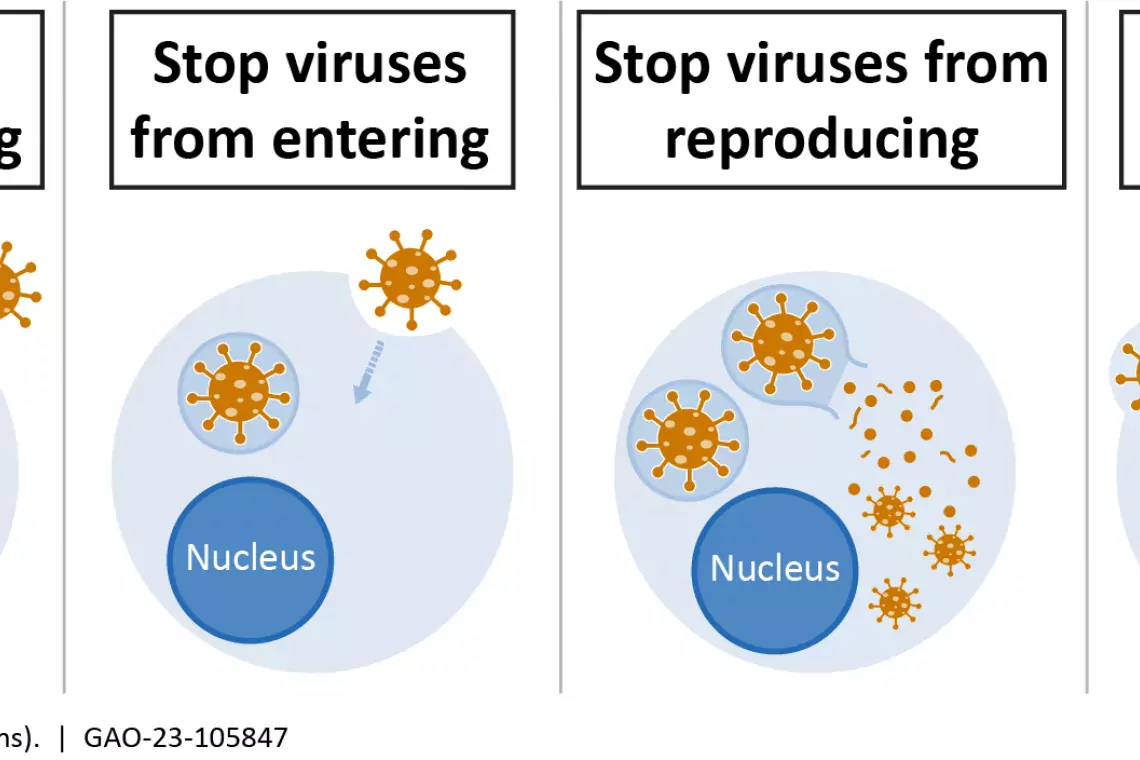COVID-19 Vaccines and the Lessons Learned from H1N1
As the federal government responds to the coronavirus pandemic, we here at GAO have been monitoring the response efforts—including reviewing COVID-19 vaccine development and authorization. Today’s WatchBlog explores our past work on vaccine distribution and lessons learned from the H1N1 pandemic response.
Image

Public expectations matter
In the summer of 2009, the Department of Health and Human Services (HHS) told states, localities, and the public to expect that more than 100 million doses of the H1N1 vaccine would be available by October of that same year. But by the end of October, less than 17 million doses had been shipped out. The vaccine wasn’t widely available until December of that year. When reality didn’t meet the public expectations set by HHS, government credibility took a hit. State and local health departments had to cancel planned vaccination clinics and change their public messaging when the H1N1 vaccine wasn’t available when expected. A subsequent Gallup survey found that 54% of adults said that the federal government did a poor or very poor job providing vaccination supplies.
Flexibility is valuable but can cause confusion
States and localities had flexibility in their vaccine distribution plans, which officials told us they valued because they could make adjustments to meet local needs. However, differences in how jurisdictions distributed the vaccine led to confusion and the appearance of inequity in some cases. For example, in the state of Washington, two neighboring counties differed in their initial target groups for vaccines—1 included teachers, the other did not and distributed initial supplies to physicians to vaccinate their patients. In the Northeast, states began vaccinating the general public at different times. Although the Centers for Disease Control and Prevention (CDC) officials told the public to expect differences in distribution, there was still confusion. State, local, and federal officials all supported flexibility in distribution, but this experience highlights the potential for confusion.
Centralized distribution was useful, but minimum dose size was problematic
Overall, association and state officials thought that the use of a central vaccine distributor—building off CDC’s existing Vaccines for Children program—was effective. One association said the use of the central distributor was a “best” practice during the H1N1 pandemic response because the central distributor was already in place and in operation. However, the central vaccine distributor’s 100-dose minimum order for shipment caused problems in some states and territories that were distributing the vaccine to smaller providers. One state reported having to hire a contractor to receive and repackage the shipments before distributing.
COVID-19 vaccine development
GAO has been monitoring the federal government’s response to the COVID-19 pandemic, including efforts to accelerate the development, manufacturing, and distribution of COVID-19 vaccines. Much of what we’ve reported is in line with these previous lessons learned. For example, we cited the importance of timely, clear, and consistent communication to state and local health officials, stakeholders, and the public about vaccine availability to ensure public confidence and encourage vaccine use. We also reported on the interim planning documents for vaccine distribution released last year and areas in which state and local public health officials and providers were seeking more guidance. As the federal government response to COVID-19 moves from vaccine development and authorization to distribution, we will continue to monitor and report on these efforts.






